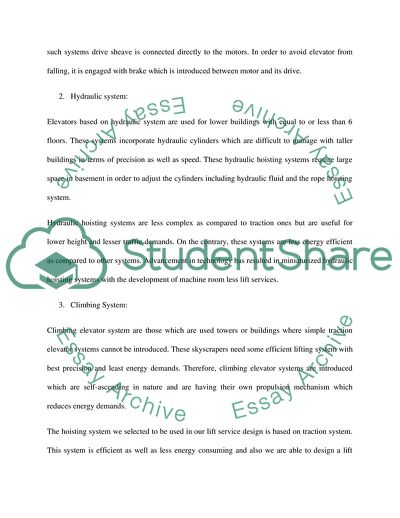Cite this document
(Elevator Mechanism Service Case Study Example | Topics and Well Written Essays - 1750 words, n.d.)
Elevator Mechanism Service Case Study Example | Topics and Well Written Essays - 1750 words. https://studentshare.org/engineering-and-construction/1841435-design-project-individual-report
Elevator Mechanism Service Case Study Example | Topics and Well Written Essays - 1750 words. https://studentshare.org/engineering-and-construction/1841435-design-project-individual-report
(Elevator Mechanism Service Case Study Example | Topics and Well Written Essays - 1750 Words)
Elevator Mechanism Service Case Study Example | Topics and Well Written Essays - 1750 Words. https://studentshare.org/engineering-and-construction/1841435-design-project-individual-report.
Elevator Mechanism Service Case Study Example | Topics and Well Written Essays - 1750 Words. https://studentshare.org/engineering-and-construction/1841435-design-project-individual-report.
“Elevator Mechanism Service Case Study Example | Topics and Well Written Essays - 1750 Words”. https://studentshare.org/engineering-and-construction/1841435-design-project-individual-report.


